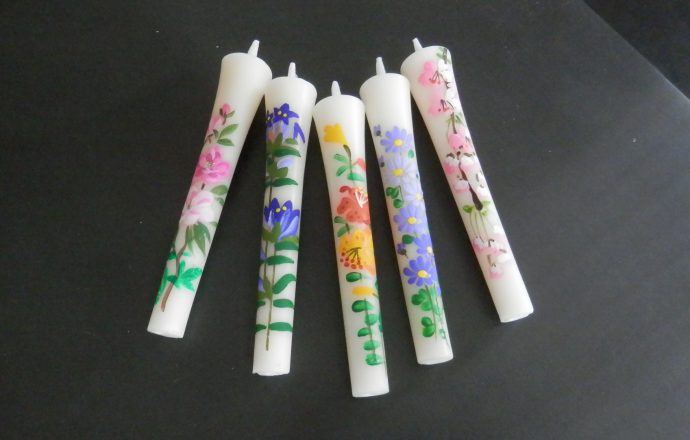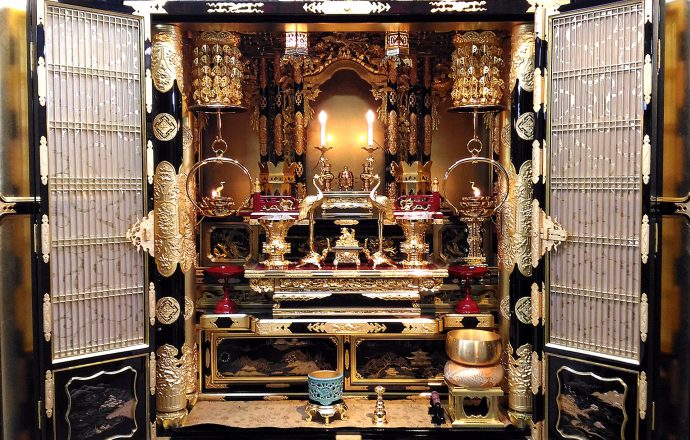The history of candle #3
-3- The hallmark and the status quo of Japanese traditional candles The main material of Japanese candles is Japan wax tree. This trees are growing wild naturally in East Asia only. Moreover, only the trees that grew in Japan become a candles. WHY? Craftsman left an ingredient analysis to scientist. As a result, they’ve gotten a one answer. 6% one ingredient was included in the tree that grew in Japan. It’s called “Japan acid”. If Japan-wax tree have not Japan acid, craftsman couldn’t make candles. The hallmark of Japanese candles are; 1. All Handmade 2. All vegetable wax 3. Powerful but soft lights 4. Long burning 5. Stand up to...


